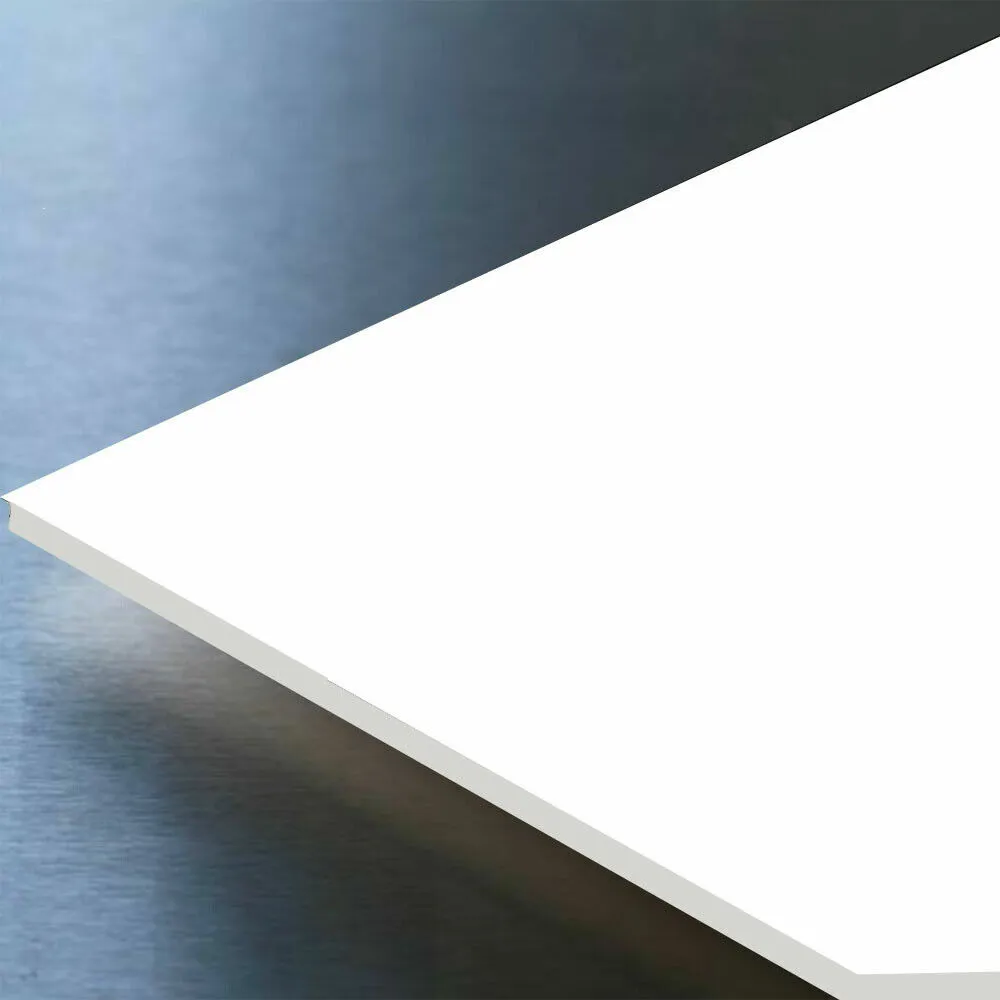PVC cladding sheets have gained immense popularity in various industries due to their versatility, durability, and aesthetic appeal. One crucial aspect to consider when working with PVC cladding sheets is their thickness. In this comprehensive guide, we will delve into the different thickness options available, their applications, and the factors to consider when choosing the right thickness for your specific needs.
- Understanding PVC Cladding Sheets:
PVC cladding sheets are made from polyvinyl chloride, a synthetic plastic polymer known for its excellent strength and resistance to various environmental factors. These sheets are commonly used in construction, interior design, signage, and other industries. - Thickness Options:
PVC cladding sheets are available in a range of thicknesses, typically measured in millimeters (mm). The thickness options can vary from as thin as 1mm to as thick as 30mm, depending on the manufacturer and intended application. - Applications of Different Thicknesses:
a. Thin PVC Cladding Sheets (1mm-3mm):
- Ideal for interior wall cladding, ceiling panels, and decorative purposes.
- Lightweight and easy to handle, making installation hassle-free.
- Offers a cost-effective solution for enhancing aesthetics.
b. Medium PVC Cladding Sheets (4mm-10mm):
- Suitable for both interior and exterior applications.
- Provides enhanced durability and impact resistance.
- Commonly used for cladding facades, signage, and outdoor structures.
c. Thick PVC Cladding Sheets (11mm-30mm):
- Designed for heavy-duty applications that require maximum strength and rigidity.
- Used in industrial settings, construction projects, and areas with high traffic.
- Offers excellent insulation properties and withstands harsh weather conditions.
- Factors to Consider When Choosing Thickness:
a. Purpose and Application: Determine the specific requirements of your project and select the thickness accordingly.
b. Structural Support: Consider the load-bearing capacity and structural requirements of the cladding installation.
c. Environmental Factors: Assess the exposure to sunlight, moisture, temperature fluctuations, and chemical exposure to choose a thickness that can withstand these conditions.
d. Aesthetics: Thicker sheets may offer a more substantial and visually appealing appearance, depending on the desired outcome.
Conclusion:
Choosing the right thickness for PVC cladding sheets is crucial to ensure optimal performance and longevity. By understanding the various thickness options and their applications, you can make an informed decision that meets your project's requirements. Whether it's for interior design, construction, or signage, PVC cladding sheets provide a versatile and durable solution for a wide range of industries.
